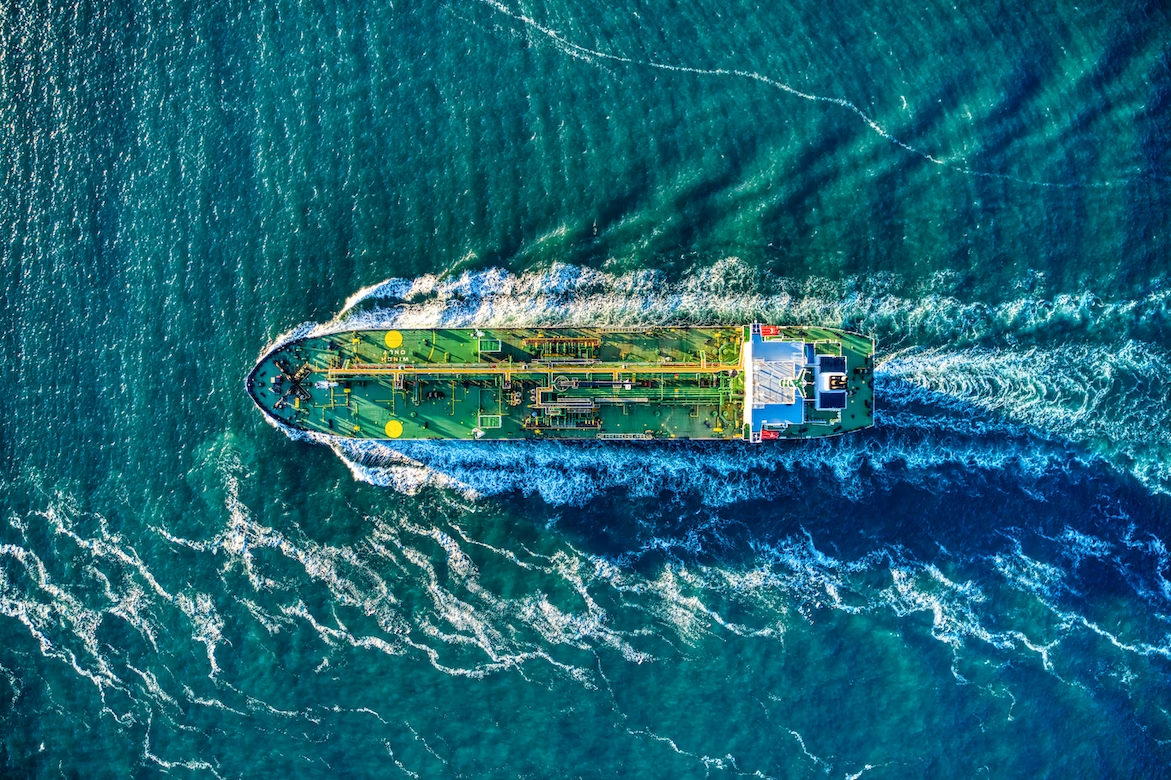Liquefied Natural Gas (LNG) is a rapidly growing energy source due to its many advantages. It is a cleaner fuel than coal and oil, has a smaller carbon footprint, and is abundant in supply. However, there are also potential downsides to the use of LNG as an energy source. In this article, we will explore the pros and cons of using LNG in industrial settings and its impact on butterfly valve technology.
Pros of Liquefied Natural Gas
1. Environmental Benefits: One of the most significant advantages of using LNG is its environmental benefits. Compared to other fossil fuels, LNG produces significantly fewer greenhouse gas emissions, which makes it an attractive option for industrial applications.
2. Abundant Supply: Another advantage of LNG is that it has an abundant supply. This abundance makes it more reliable and affordable than other fossil fuels, such as coal and oil.
3. Lower Cost: In addition, the cost of using LNG as an energy source is often lower than other fossil fuels, which can make it an attractive option for industrial applications.
4. High Energy Density: Liquefied natural gas has a higher energy density than other fossil fuels, which makes it a more efficient fuel for industrial applications. This means that less LNG is required to produce the same amount of energy as other fossil fuels.
5. Diversified Energy Mix: Finally, using LNG helps to diversify the energy mix, which can reduce dependence on other fossil fuels, increase energy security, and strengthen economic growth.
Cons of Liquefied Natural Gas
1. Transportation Challenges: One of the biggest challenges of using LNG is the transportation of it. LNG requires special equipment and infrastructure to transport it to industrial settings, and this can be costly and time-consuming.
2. Safety Concerns: Handling LNG requires specific expertise as it is a cryogenic liquid (-162°C). There are also inherent safety concerns associated with the use of LNG, such as the potential for leaks and explosions, which poses risks to both people and the environment.
3. Methane Leakage Risk: LNG is composed mainly of methane gas, and methane emissions during the production, transportation and storage of LNG can impact the environmental benefits of using LNG as a fuel source.
4. Cost of LNG Infrastructure: Another drawback of using LNG is the cost of infrastructure for its production, transportation, and storage. The high cost of developing LNG infrastructure can be a significant barrier to adoption.
5. Limited Industry Standards: There is no standard for the level of purity or pressure an LNG should have, There can be variations when buying from different suppliers, which are not universally accepted and can lead to potential issues with equipment and workability.
Impact on Butterfly Valve Technology
Industrial Butterfly Valves are critical components in the energy industry. Due to the growth of LNG, butterfly valve manufacturers have developed specialty materials and designs to handle the extreme temperatures associated with the storage and transportation of LNG.
The use of industrial butterfly valves in the LNG industry has many benefits, including the ability to regulate flow, improve safety, and increase efficiency in transportation and storage of LNG.
Moreover, butterfly valves designed for LNG service are provided with high-performance elastomer seals, which are capable of handling cryogenic temperatures of -196°C. Additionally, to avoid the risk of leakage during transportation, manufacturers use Bubble tight shut off valves that preclude the possibility of any system leakages even when the temperature fluctuates.
Conclusion
The use of Liquefied Natural Gas (LNG) as an energy source in industrial settings has significant potential advantages with respect to environmental and economic benefits. However, there are also significant challenges to overcome, including safety concerns, transportation challenges, and the high cost of infrastructures. The development of specialty materials and designs in butterfly valve technology is critical in making the transportation and storage possible for LNG.
⚠ Article Disclaimer
The above article is sponsored content any opinions expressed in this article are those of the author and not necessarily reflect the views of CTN News






